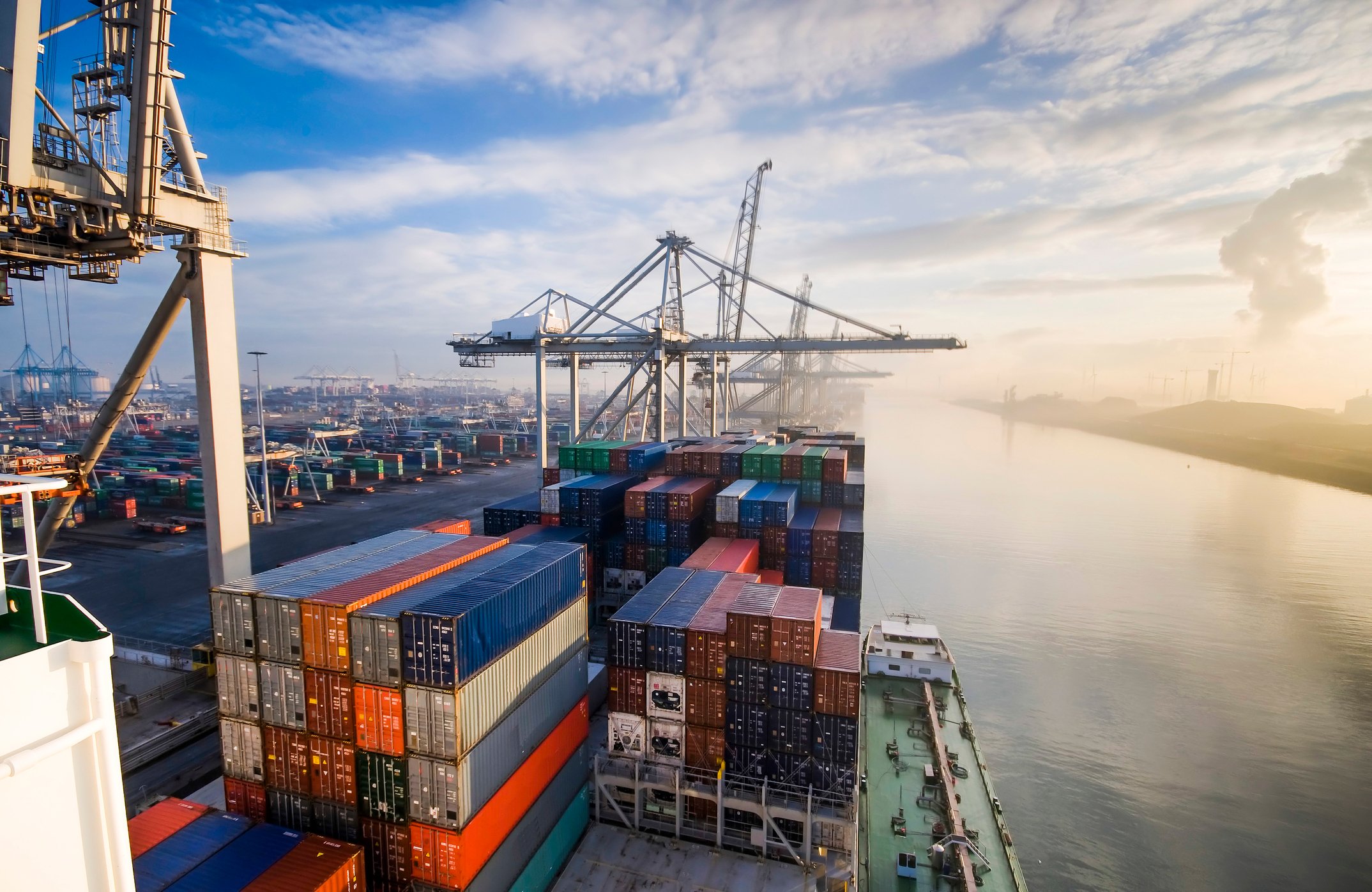Shipping stocks can be excruciatingly volatile investments. That's because shipping rates can plunge without notice, quickly sinking the profitability (and stock prices) of shipping companies. That's why many ship owners are turning toward securing long-term charters for their vessels, which enables them to better weather the market's unpredictability.
Two companies going this route are containership owner Seaspan Corporation (SSW +0.00%) and oil tanker company Navios Maritime Midstream Partners (NYSE: NAP). That said, while both companies have secured long-term contracts for the bulk of their fleets, one has a much better backlog and more upside in the near term, making it the better stock to consider buying.

Image source: Getty Images.
Filled up for now
Navios Maritime Midstream Partners currently owns six Very Large Crude Carriers (VLCCs). As of the end of last quarter, these ships had an average of 3.6 years remaining on their charters and would bring in an estimated $360 million of future revenue. That said, two of those tankers made up the bulk of that backlog since the contracts of four of those ships expire in 2019.
The current charter rates on those four VLCC's range between $29,625 to $38,025 per day, which is significantly below recent spot market rates. Leading oil tanker company Frontline (FRO +3.21%) noted that its VLCCs pulled in just $13,200 per day on the spot market during the third quarter and had only collected an average of $23,500 per day up to that point in 2017. Furthermore, while Frontline expected rates to rise to $19,200 per day in the fourth quarter, that still put them below its estimated average cash breakeven level of $21,600 per day, meaning the company would continue losing money.
Frontline said that rates during the quarter were "the weakest we have experienced since 2013." Driving the downdraft in the spot market was a wave of new tankers that have hit the market. It will likely take some time before the market absorbs this fleet growth, which could weigh on tanker rates for a while. If the spot market doesn't rebound by 2019, Navios Maritime Midstream Partners' cash flow will sink since it will have no choice but to secure less lucrative contracts for its tankers. While the company does hold options to buy three more tankers this year, and the right to acquire others in the future, it's unclear if that growth can overcome a wave of contract expirations next year.

Image source: Getty Images.
Locked in with upside ahead
Seaspan Corporation, on the other hand, has a much larger fleet, which leaves it less susceptible to near-term contract expirations. For example, it has 63 vessels under long-term charters, with an average remaining term of seven years. Overall, those contracts will supply $4.7 billion in revenue in the future.
That said, the company has another 29 vessels with contracts that expire this year, including 24 smaller boats that it only signs to short-term charters. While this leaves it open to some volatility, in the near term, it seems like it's all to the upside. That's because recent shipping rates for larger-sized vessels were 50% to 100% above those of Seaspan's five ships with expiring contracts. Meanwhile, the market rates on smaller boats were several thousand dollars per day above the charters of its current fleet and appeared likely to rise further in 2018. In addition to that, the company has several newbuild containerships entering its fleet this year, all of which it previously signed to long-term charters. As a result, investors can expect Seaspan to earn more money this year than it did in 2017.
Go with the greater visibility
While Navios Maritime Midstream Partners has 100% of its fleet under contract this year, its visibility drops off a cliff in 2019, which is a concern given where tanker rates are these days. Contrast that outlook with Seaspan's, which has the bulk of its fleet locked up under long-term charters. In the meantime, those vessels with expiring contracts appear to represent upside since current rates are much higher than the legacy ones. So, Seaspan Corporation seems like the better buy between the two right now since its earnings appear to be headed higher while Navios' could be about to plunge, which would likely take its stock down too.







